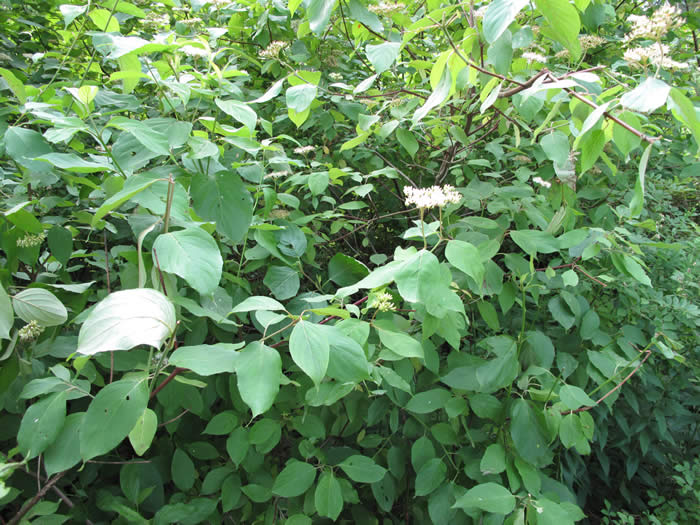Wet shrublands are found in areas with rich, wet soils. They tend to be dominated by a dense growth of native shrub species. The wet soils and seasonal flooding can help to maintain these shrublands naturally, but they often require some management for long-term maintenance.
- Beaver ponds
- Wetland/pond edges
- Wet swales
- Forested wetlands
- Shrub-scrub wetlands
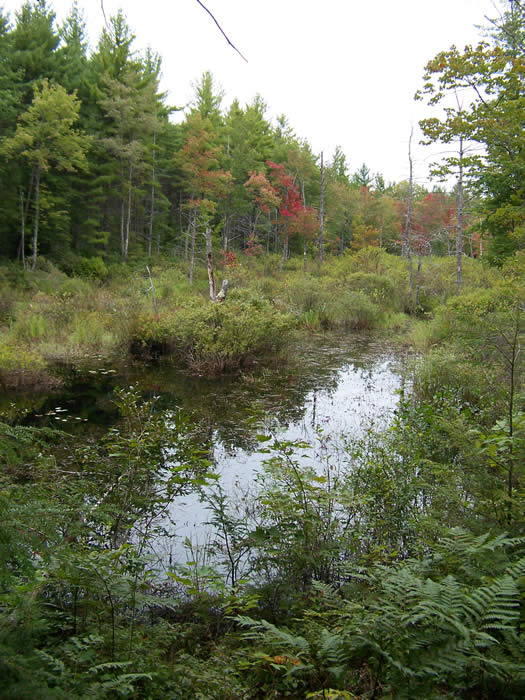

- AlderSilky dogwood
- Red-osier dogwood
- Willow
- Buttonbush
- Winterberry holly
- Sweet pepperbush
- High bush blueberry
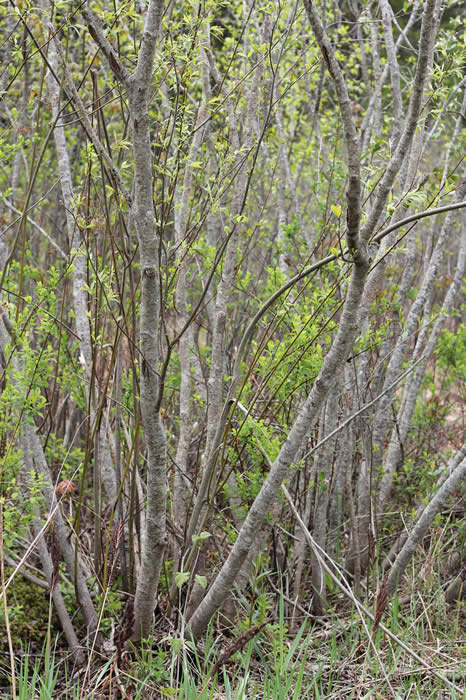
- Woodcock
- New England cottontail
- Alder flycatcher
- Gray catbird
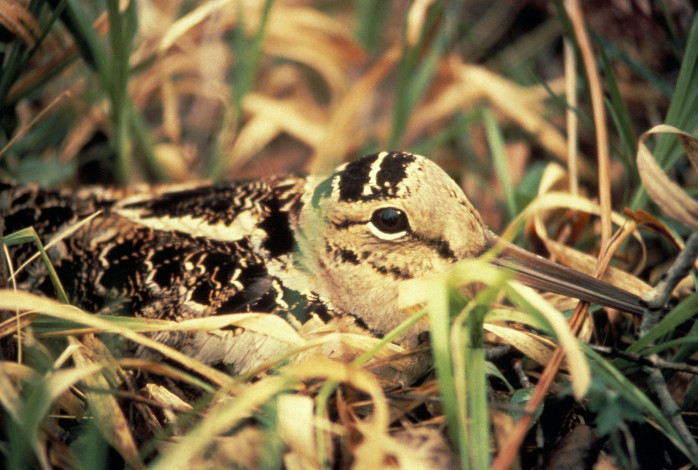

- Shrubs are no longer dense, and vertical structure is lost
- In particular Alder is beginning to grow horizontally, possibly even tip over
- Red maples beginning to get large and over-top shrub species

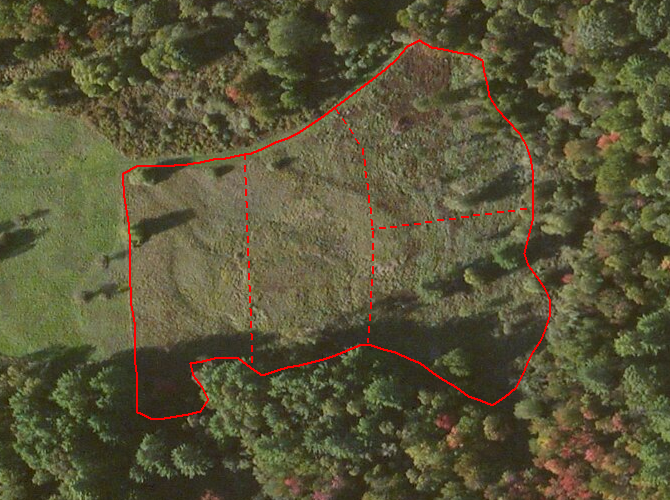
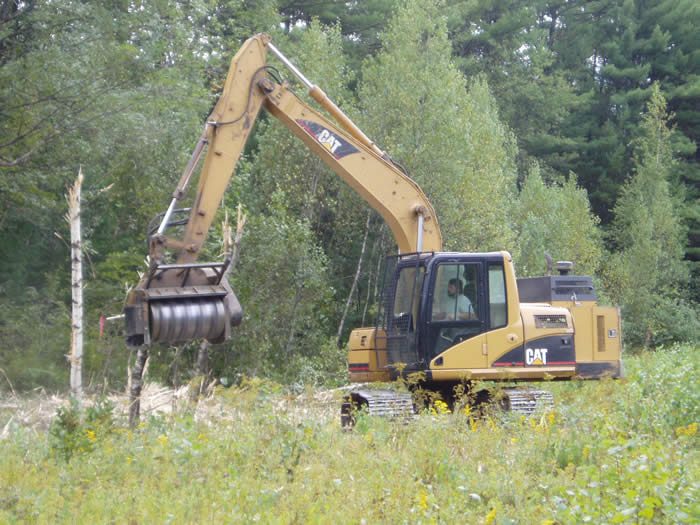
It may occasionally be appropriate to create wet shrublands in an area that has previously been disturbed (wet fields, wet gravel pits, etc). In these cases you will likely be able to establish a wet shrubland simply by allowing the area to revert. It is may also be possible to enhance the creation of shrublands through planting and/or seeding of native shrubs.
